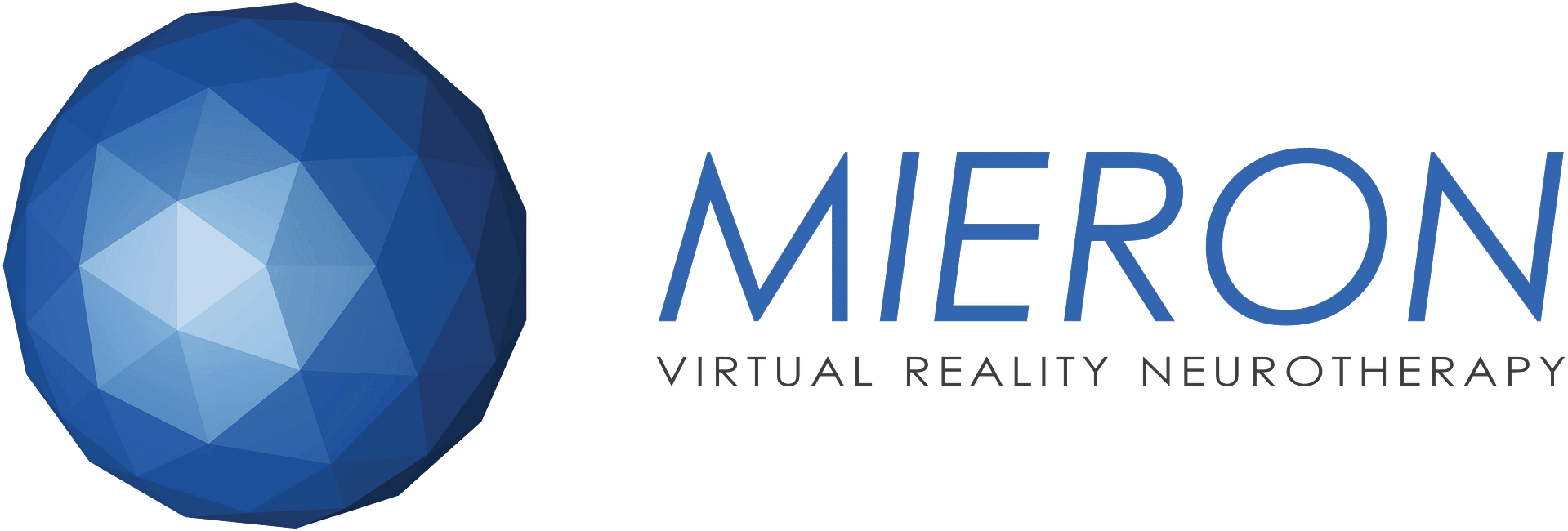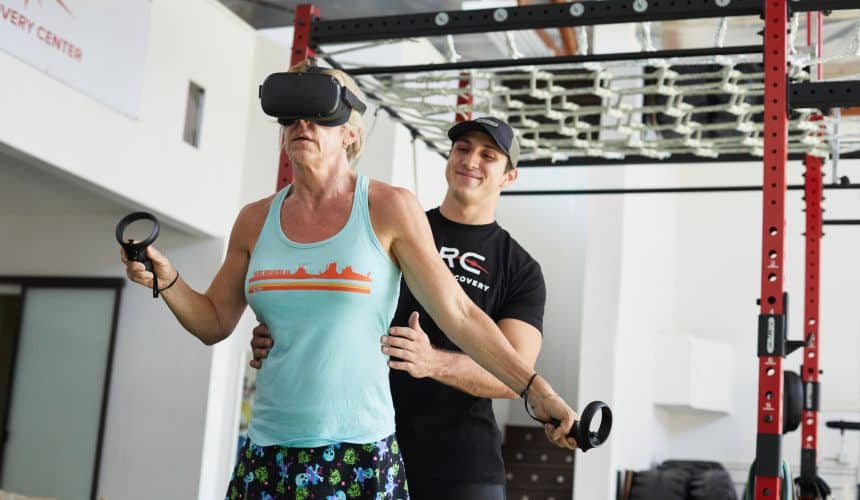Rehabilitation is often a long and arduous effort. As they usually come after a life-altering event, rehabilitation serves to bring long-term independence to patients.
While in a perfect world, patients would have access to physical therapists on a daily basis, this is not the reality. In order to receive coverage, patients often have to provide proof that they need intensive therapy treatment or around-the-clock medical care.
As a result, patients will not always opt for the rehabilitation they need, but only what they can get. Often, this means losing coverage once they have gained back some physical abilities. And more often than not, patients don’t have the option to continue rehab after the initial program is over.
Unfortunately, this results in patients missing out on the opportunity to reach their full potential. Plus, they lose the opportunity to continue building their independence post-rehab, which increases their risks for secondary injury and future visits to the hospital.
VR Technology Can Encourage Continued Exercise
Patients can reduce these risks by continueing to exercise after their inpatient coverage ends. VR technology provides an ideal solution as it is both convenient and has proven benefits in improving patient health.
By encouraging patients to exercise on a daily basis, VR technology can help improve bone health and blood circulation. These are essential to decreasing the risk of secondary injury post-rehab.
Importance of Improving Bone Health
Bone loss and risk of fractures are both common in stroke patients. In general, they suffer from a higher risk of falls and a decline in bone and muscle health, with a 2 to 4x higher risk of a hip fracture.
However, studies have shown that bone health can be improved through increasing muscle strength. In one study, scientists found that lean muscle mass was a significant predictor of bone mineral content (BMC).
This suggests that strenuous and regimented exercise routines can be helpful to stroke patients. By building stronger muscles, stroke patients can strengthen their bones and prevent fractures.

Patient Need for Increased Circulation
Reduced blood flow is another symptom commonly suffered by people with chronic stroke. After a stroke, patients generally receive less blood flow to their lower legs. This can lead to chronic leg ulcers that may require additional medical attention.
Consequently, aerobic training is often recommended as part of a stroke rehabilitation program. As we exercise, our blood vessels expand and increase our blood flow. By exercising regularly, stroke patients can improve their blood circulation and overall health.

VR Can Motivate Patients to Exercise More Consistently.
A disciplined exercise routine is essential to improving bone health and circulation. Especially in outpatient rehab, motivation is an integral part of achieving any long-term success.
This is where VR can be uniquely helpful. VR experiences can help patients suspend their disbelief, allowing them to fully engage with the VR environment. This not only decreases anxiety and stress but also makes the experience more fun and engaging.
In one study, researchers wanted to observe how VR could help stroke survivors who had limited recovery potential. Within the timeframe of the study, the participants showed a 5.3% improvement in motor function and a 15.4% improvement at the one-month follow-up. Additionally, they reported “low levels of pain, stress, and fatigue” after each session.
This shows just how powerful VR experiences can be in motivating patients in their recovery. It provides a stimulating environment that inspires patients to explore previously unfounded abilities. As a result, patients are encouraged to continue their outpatient program with consistency and regularity.






